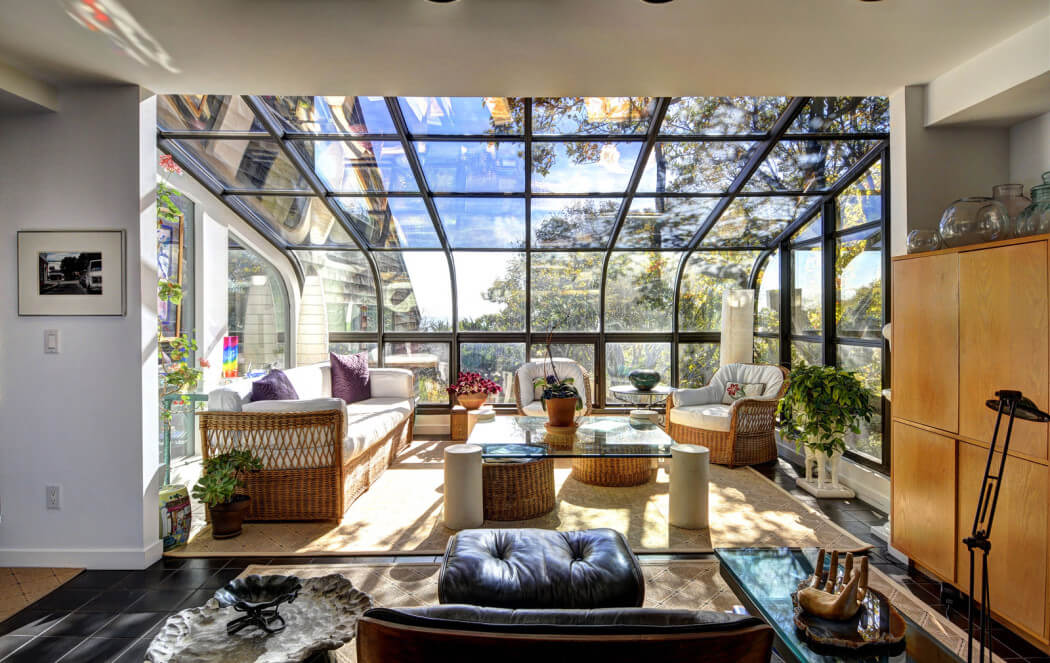Guide and Tips
A Minimalist’s Guide To Postmodern Home Decorating
Postmodern home decorating fused pop culture with luxury furnishings, transforming ordinary material into luxuries. Designers wanted to create conversations pieces, creating conversation pieces and fusing culture into furnishings.
Postmodern designers strived to create conversation pieces, fusing pop culture into high-end furnishings and transforming ordinary materials into luxury accents.
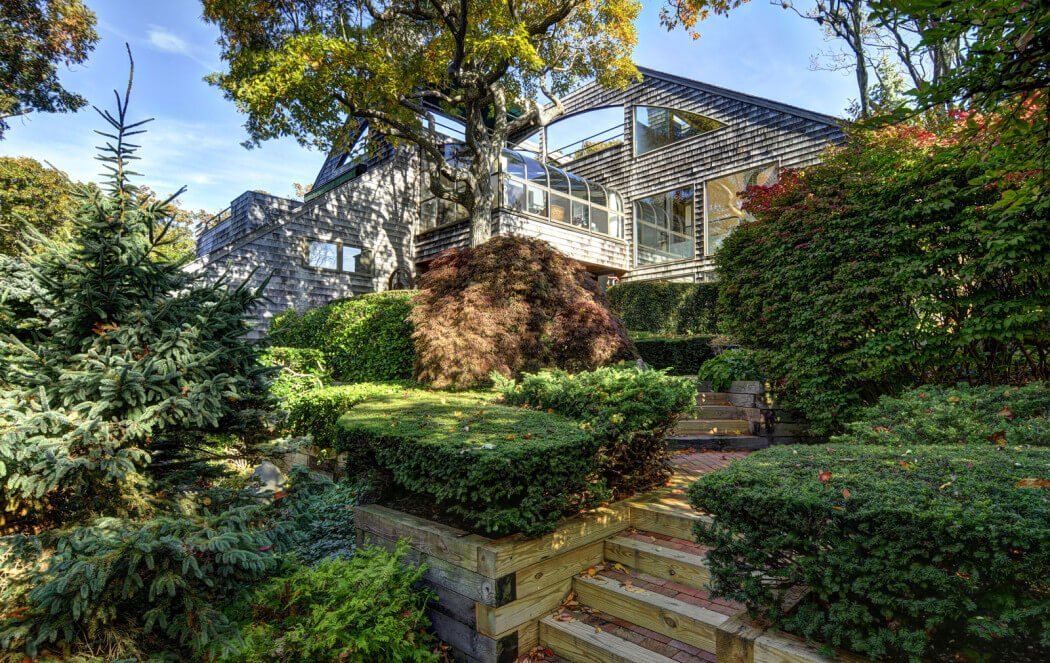
What is postmodern design?
Defined as a cultural movement in the United States in the early twentieth century, postmodernism is characterized by an anti-reactionary stance, innovativeness and the rejection of the status quo. Although the term postmodernism has a highly subjective definition, most believe that its meaning has continued to evolve, blending and melding with design trends since its debut. Its definition has been increasingly developed and expanded to include graphic and social movements, as well as architectural choices such as design choices and artwork. Many believe postmodern design had a major influence on design trends, furniture and architectural movements from the early 1960s to the present.
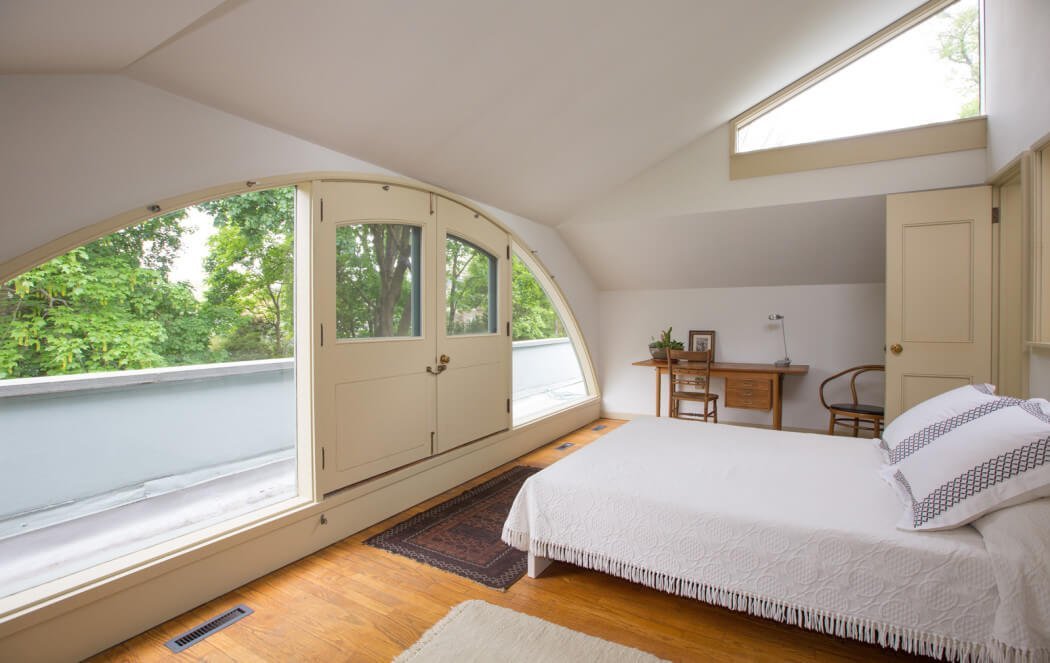
The postmodern bedroom
Its elements could be enjoyed on their own or combined together for a full-scale bedroom display. As a result, the postmodern bedroom has expanded beyond functional space for sleeping.
This is the first in a series of posts sharing tips and tricks for revamping your bedroom, starting with simple tips to make the bed.
While not everyone is into minimalism, just about anyone can appreciate the clean, minimal, minimalist bedroom. And if you’re interested in breaking free from the traditional role of the bedroom, you’ll definitely appreciate an, often a sparsely furnished space, should be used to reflect a unique lifestyle, says Katie Stewart, a creative consultant in Flatiron, Manhattan. “The bedroom is a place for introspection, for contemplation, for self-reflection and for reflection of another,” she says. “For me, it’s an area of the home that I tend to avoid. I like postmodern home decorating.”
Postmodern decor
Stewart has found ways to inject more personality into her bedroom, which she calls the “fun room,” by adding as much detail as she can. She has a neon print wall at one end, her collection of fashion and pop culture photos on another wall, a teal vanity near the window and an old, wooden headboard on the floor near the TV.
Stewart, 39, likes to let her style emerge naturally. To help her visualize a room, she keeps the colors neutral and focuses on furniture and updated approach to space.
Because your bedroom is a sanctuary and a personal refuge, take a cue from the postmodern designers and make it feel like a unique sanctuary with a touch of artful.
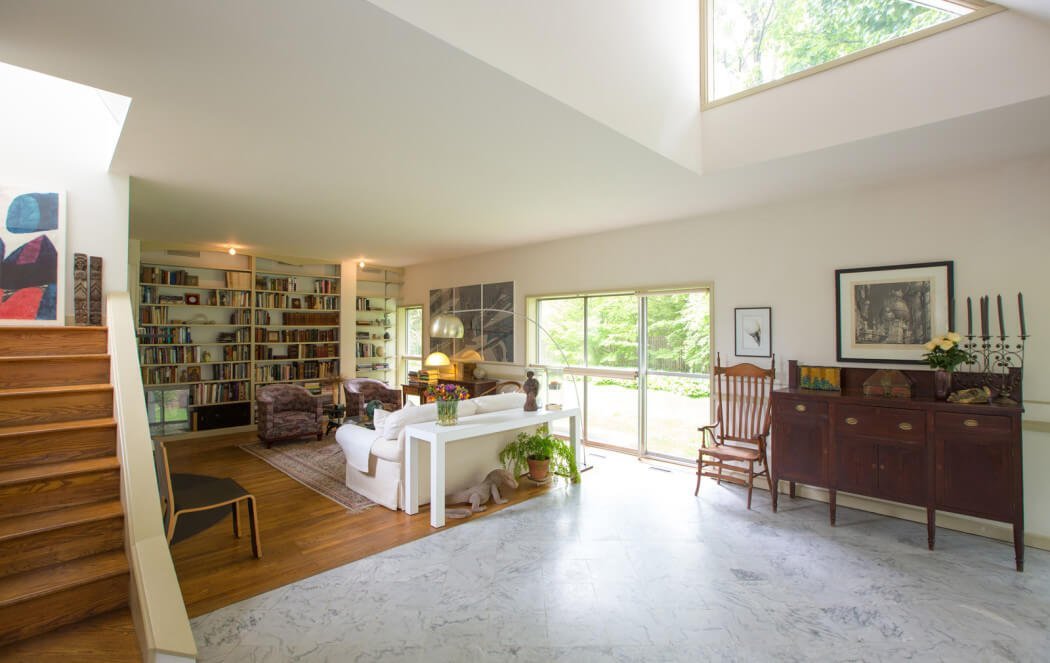
The postmodern kitchen
In the late 1960s, Danish architect Arne Jacobsen’s first such kitchen debuted in his own home in Copenhagen. Most famously, the kitchen became famous thanks to the viral video of it being destroyed. Whether it was a metal and concrete pavilion that unfolded into a three-room kitchen, an unfinished section with no countertop or double cabinetry on one wall or simply a large stainless steel bowl and spoon that grew into the walls, the kitchen stood in stark contrast to the traditional classicist kitchen. And then there’s the mailman’s happy arrival. Mailboxes are often large, imposing pieces of furniture that scream: “You’re not welcome here.
The postmodern bath
Whilst most modern bathrooms are minimalist affairs, with polished marble countertops and light fittings, postmodern designers invested more time and thought into what elements to include, and in what order. Yves Béhar’s ‘Provence’, a postmodern masterpiece, consists of two large square white tables, which each have one top surface and one underside. At the bottom of each table is an LED-lit landscape of forest leaves, reminding its owner of their vacation in the south of France. The bathroom fittings However, unlike the kitchen, it’s easier to find design inspiration in your bathroom. The miniature copper claw-foot tub, walnut medicine cabinet and marble-topped vanity provide a strong focus for the space, while the secluded shower is completely walled off from the rest of the bathroom.
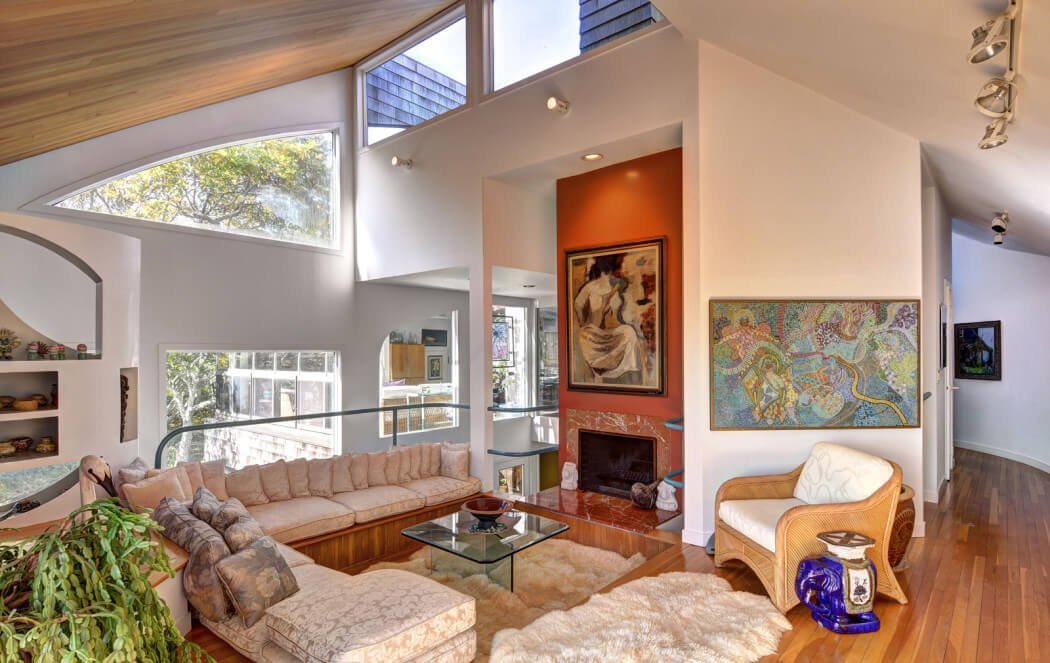
The postmodern rug
“The rug is a great conversation piece,” said Thom Carroll, creative director at Thomas Carroll Inc. in Philadelphia. He recommends those with smaller bedrooms to use a patchwork, geometric rug with lots of color. “The rug has the ability to really scale the room in a way that is impactful,” he said. “Be willing to bring in pieces that aren’t as traditional, but can work in the room.
Postmodern home
Something that can make a statement but isn’t going to take away from the room’s cohesion.” Celadon print One of the greatest things about using these items is the way they make a room look fresh and modern. Carroll also recommended including celadon to any room in the home to add a little pop to the look. “It’s a very colorful and pleasing color.
The postmodern lamps
Postmodernism changed how we see and use our homes. It wasn’t only about simplifying, but living in. When designing a home, this is one of the most important design lessons to always remember. A wide selection of lighting, chandeliers and lamps for postmodern home decoration can be found at Felagro.com. You get inspiration from the best Italian designers.
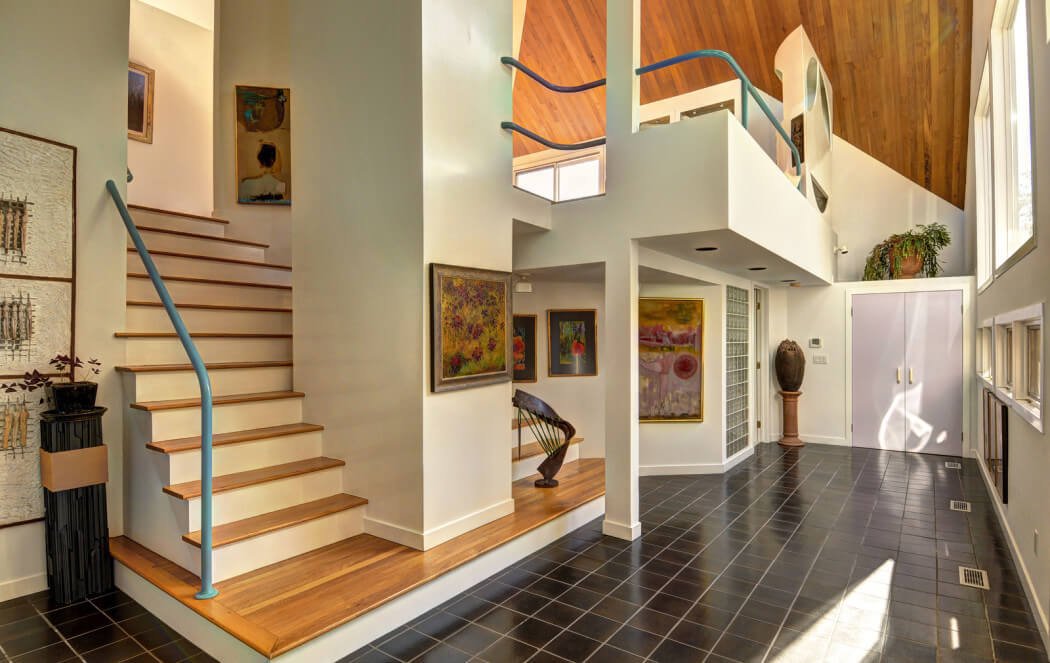
The postmodern chairs
The modern chairs (like the ones below) are the product of minimalism. The chairs are not overly complicated, but the angular lines and geometric shape are intentional, turning minimalism into a sophisticated design philosophy. The only materials used are scrap plywood and steel structural frames, making the chair especially affordable and durable. The Polaroid chair is a clever remake of a traditional chair, minus the sharp angles and blurring of the edges. The wire frame is beautiful, bringing modern style to an old favorite. The Twilight chair by Crystal Harris has a contrasting pattern and texture to match the colors in the Twilight wall paper. The unique design adds interest and detail to the eye.
Conclusion about postmodern home decorating
The 20th century was filled with energy, innovation, and most of all, amazing styles that forever changed the world as we knew it. But just as much as the 20th century was the century of the bold and the beautiful, the 21st century is the century of minimalism. It’s a design philosophy that embraces simplicity, purpose, and focus. It eschews excess in favour of something more simple, more simple, more minimalist. Of course, many people will take the attitude that minimalism has not yet found its place in the modern home. I will explain that this isn’t so. The 21st century is the 21st century, and now is the perfect time to introduce minimalism into your home. Don’t get me wrong, minimalism will not be easy to incorporate.


